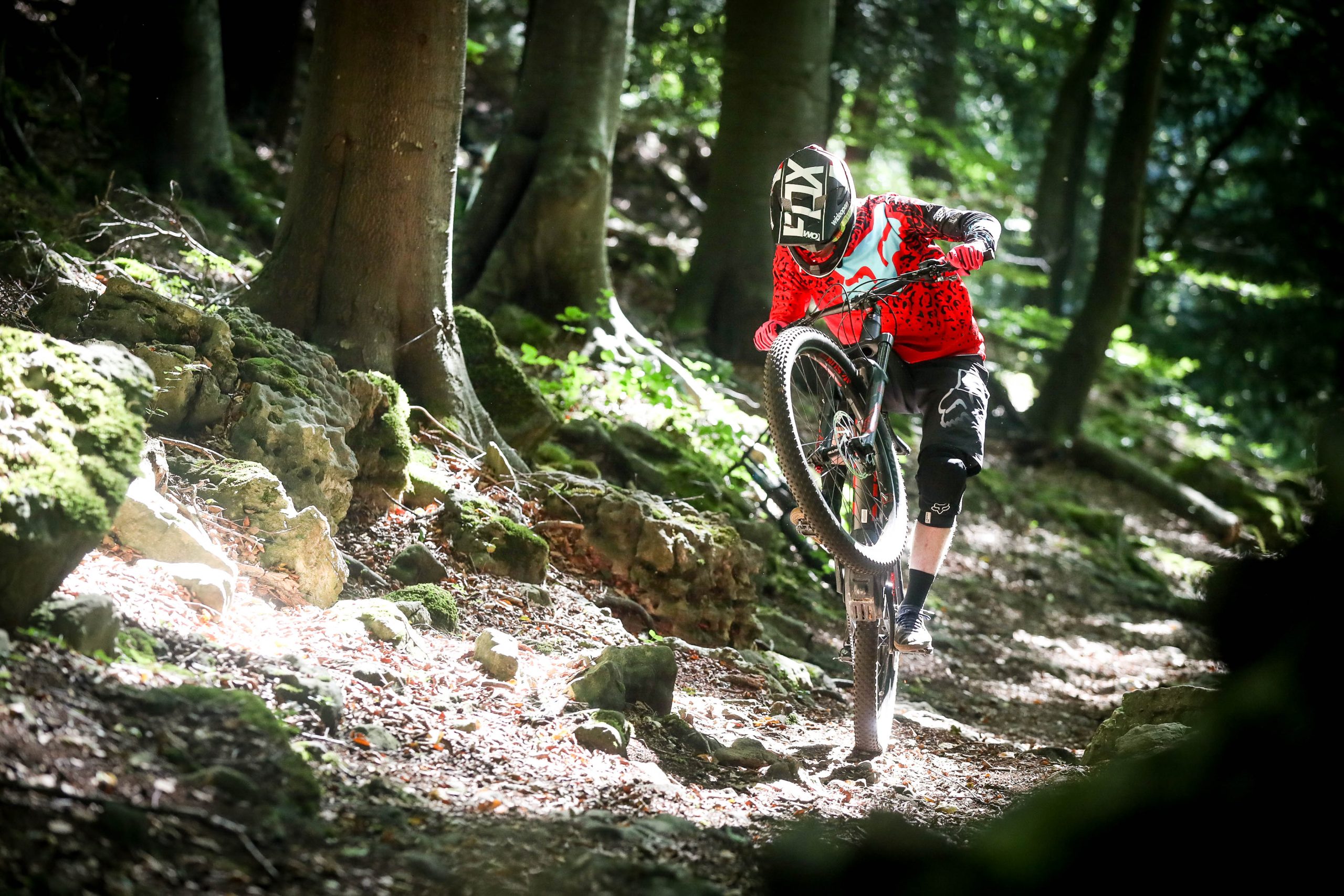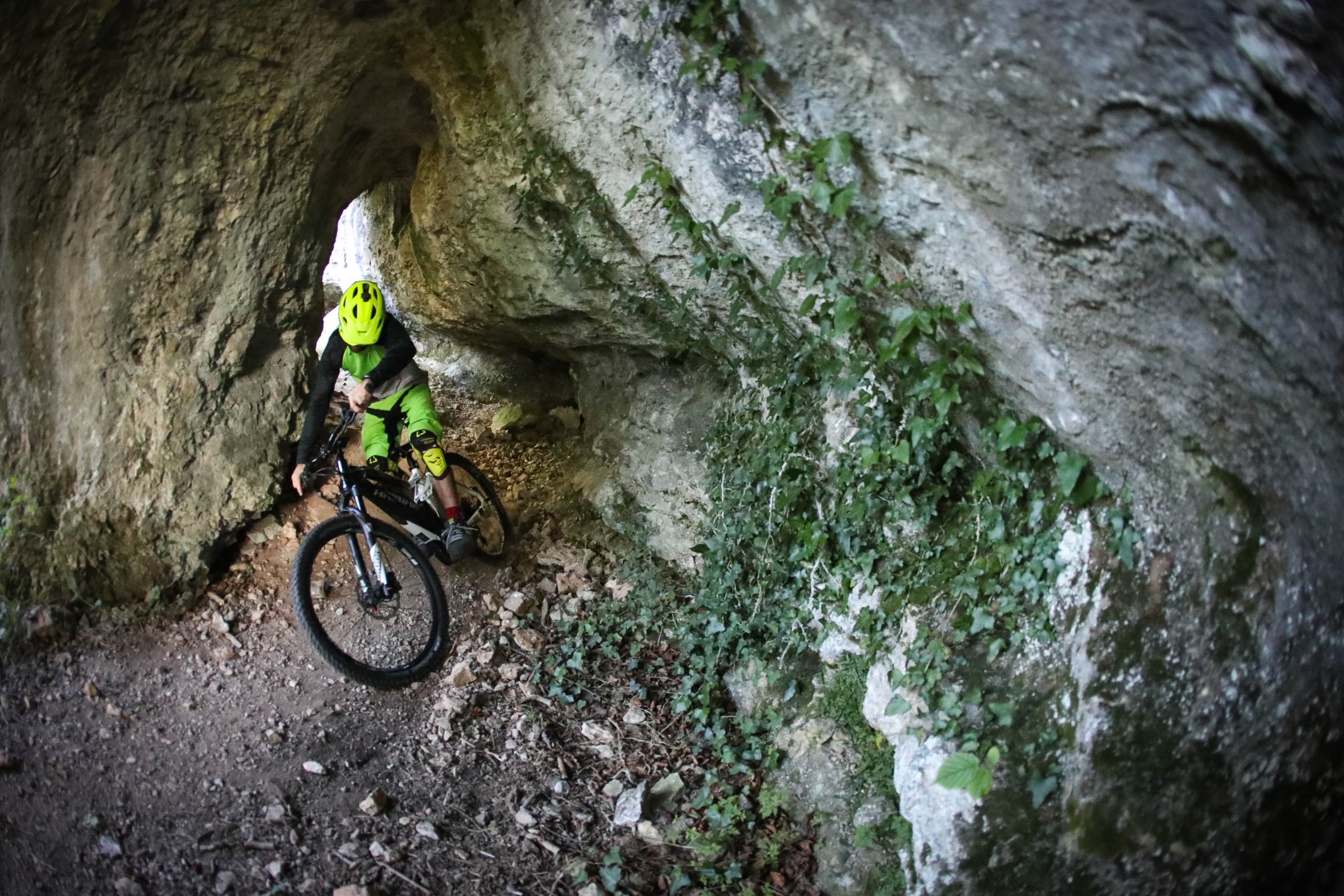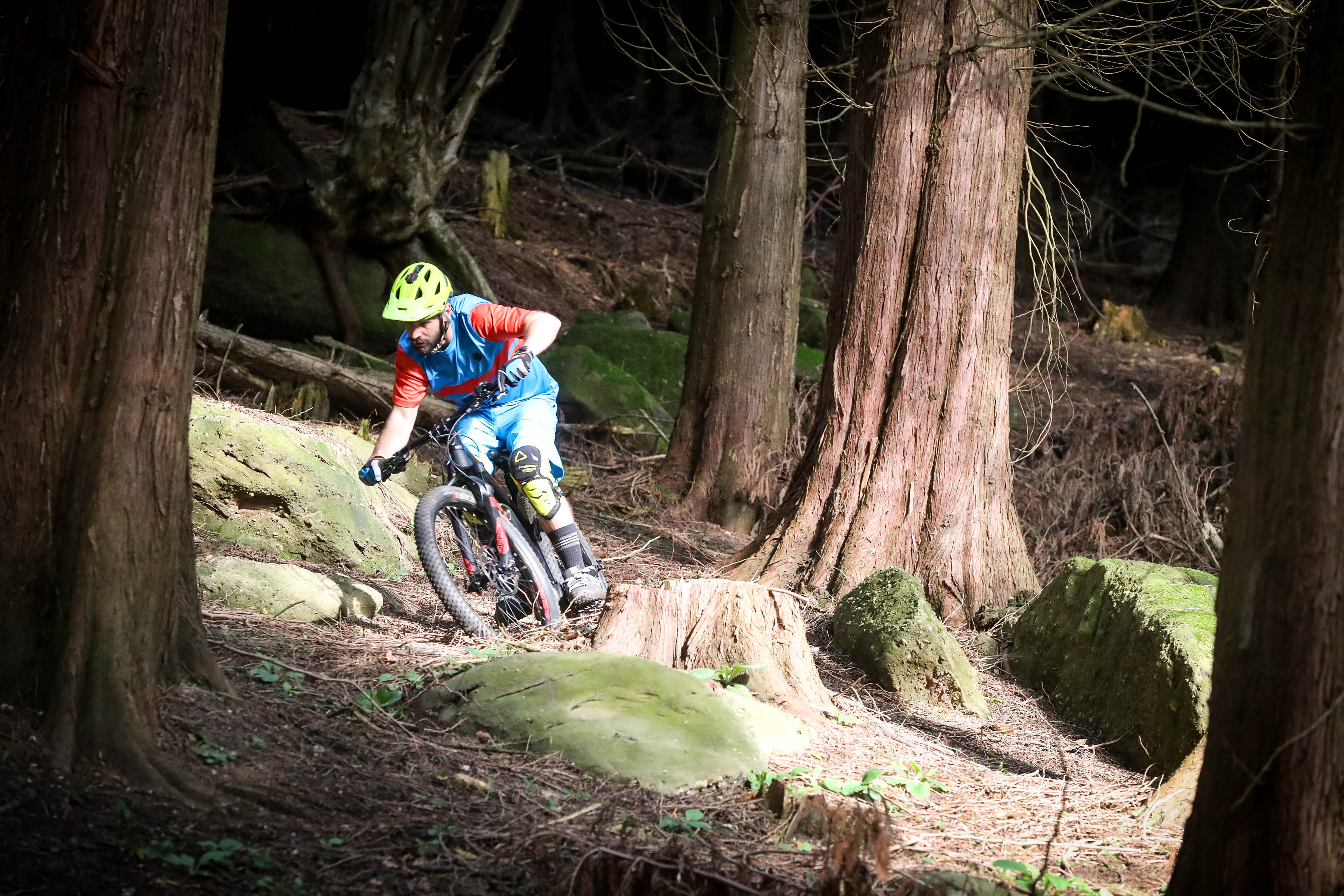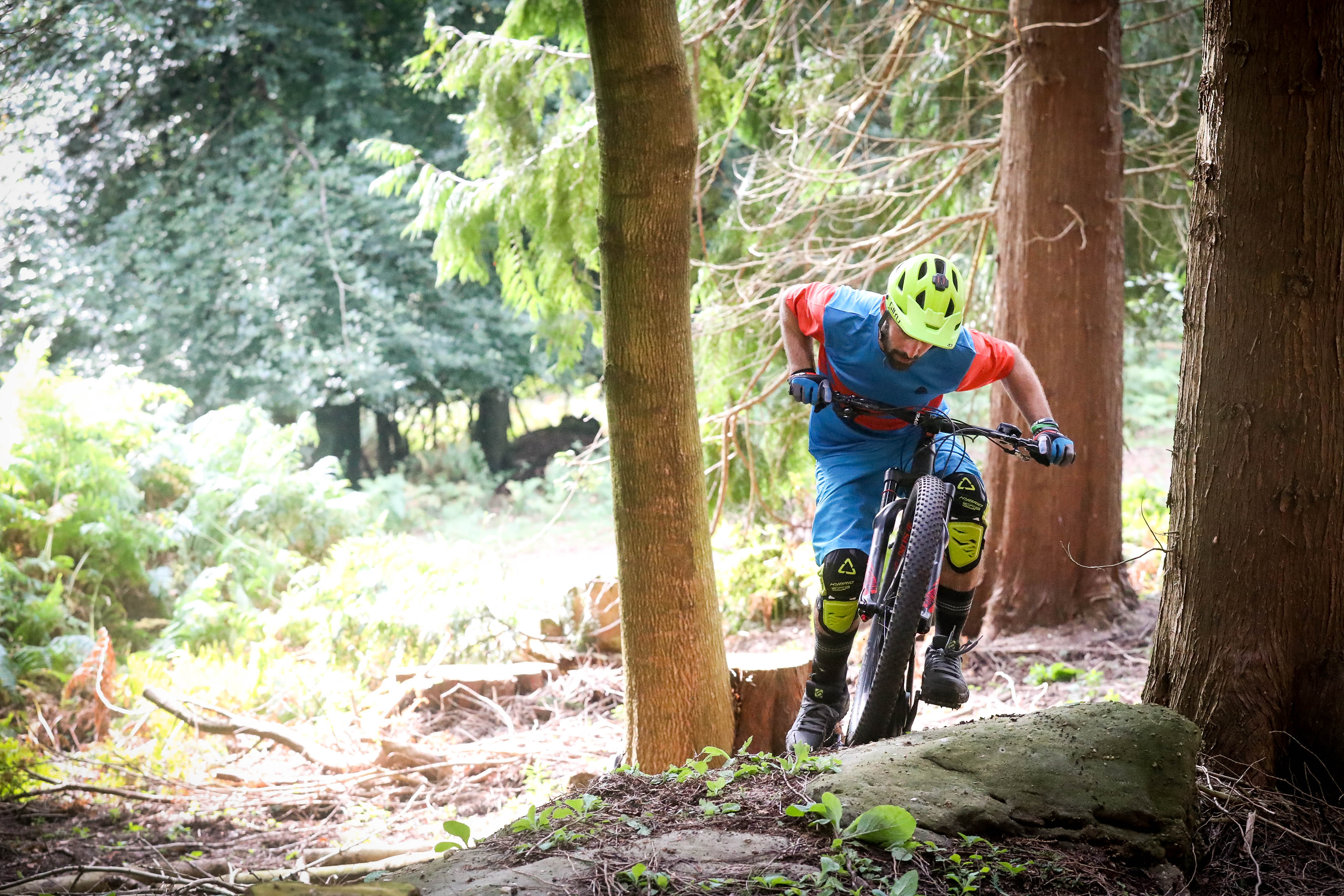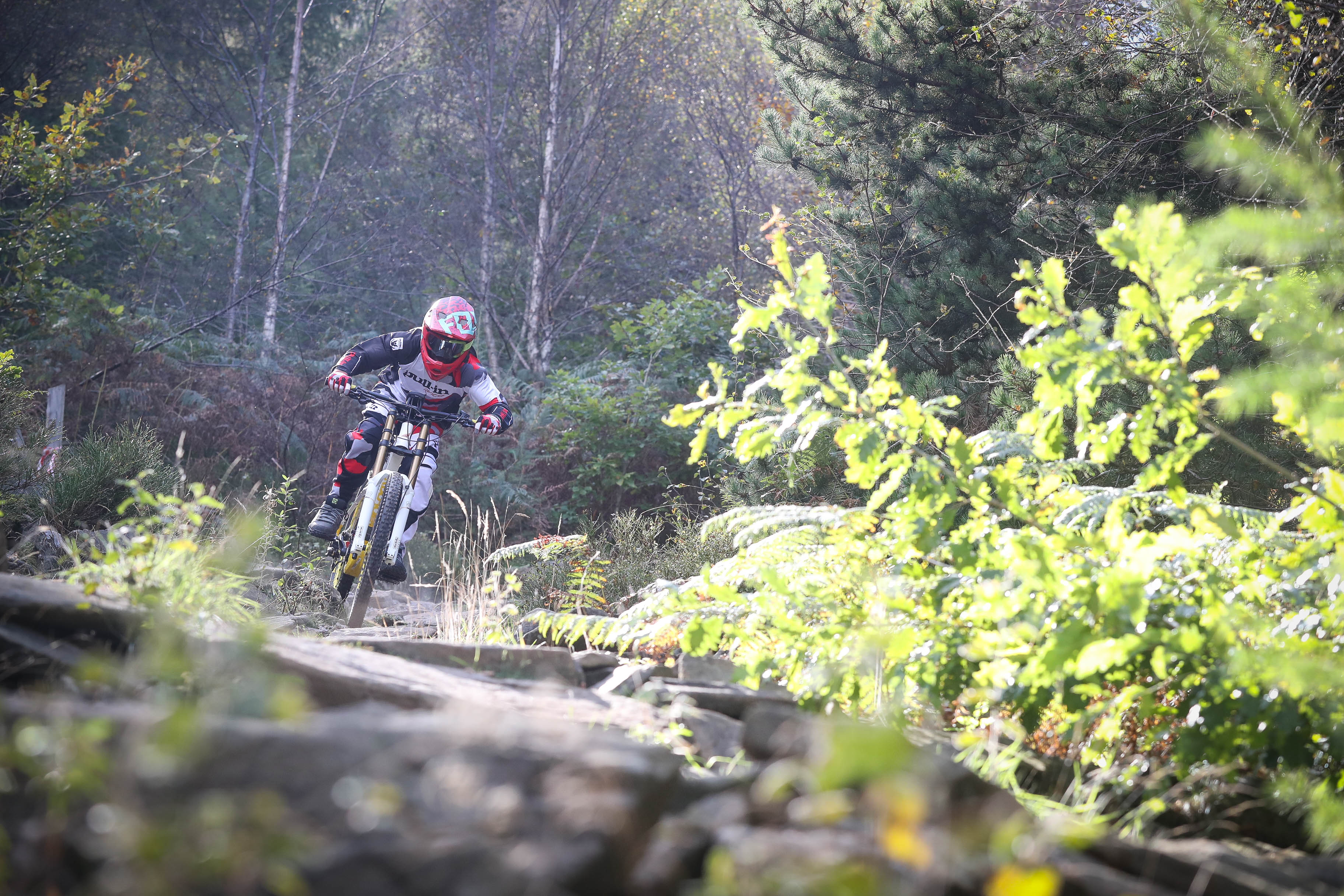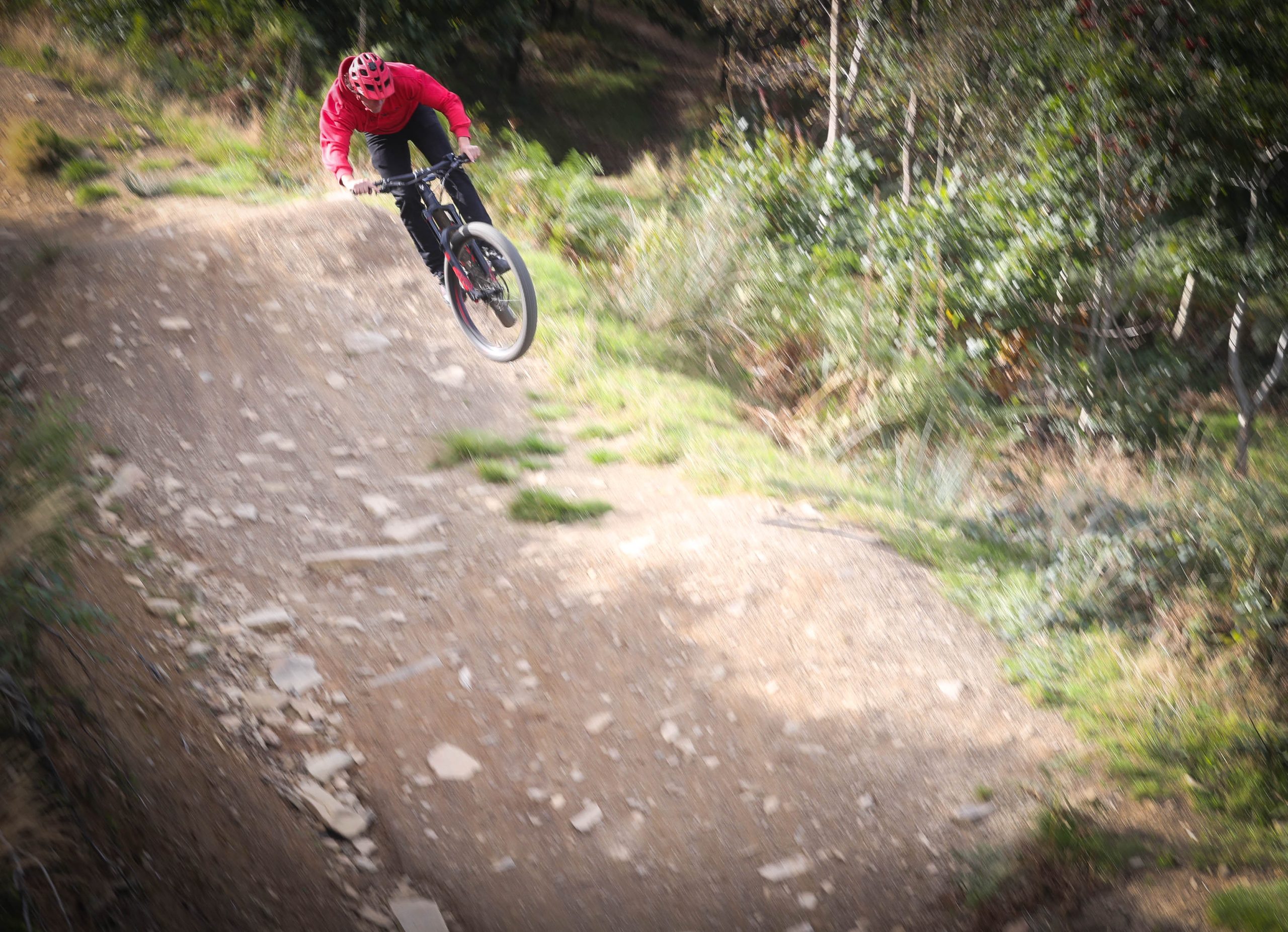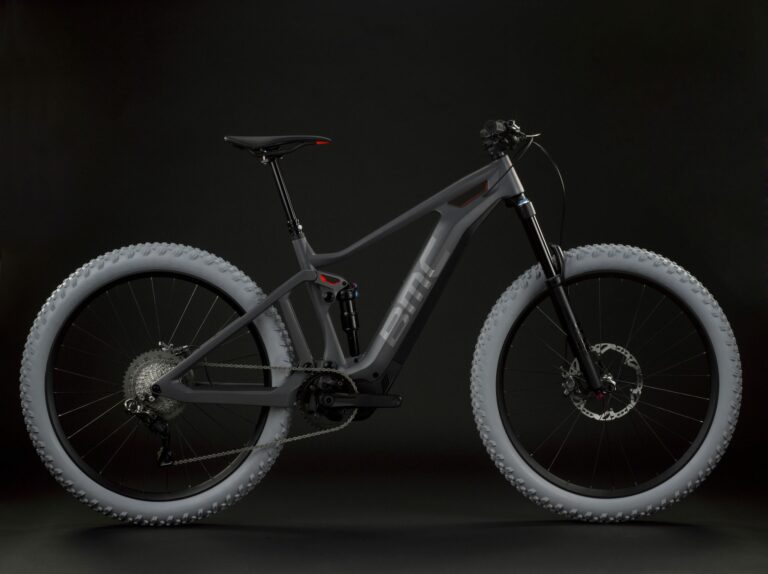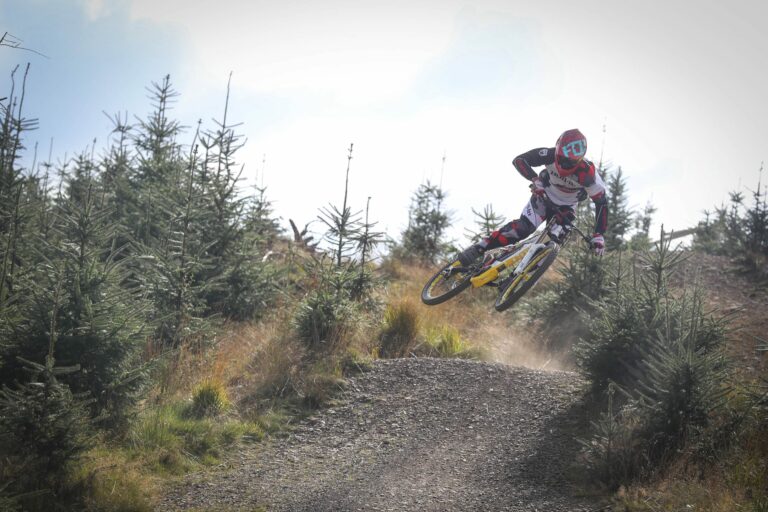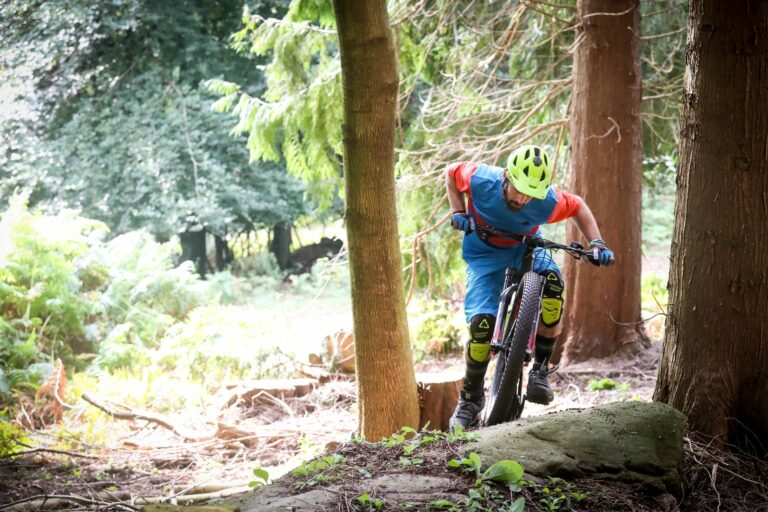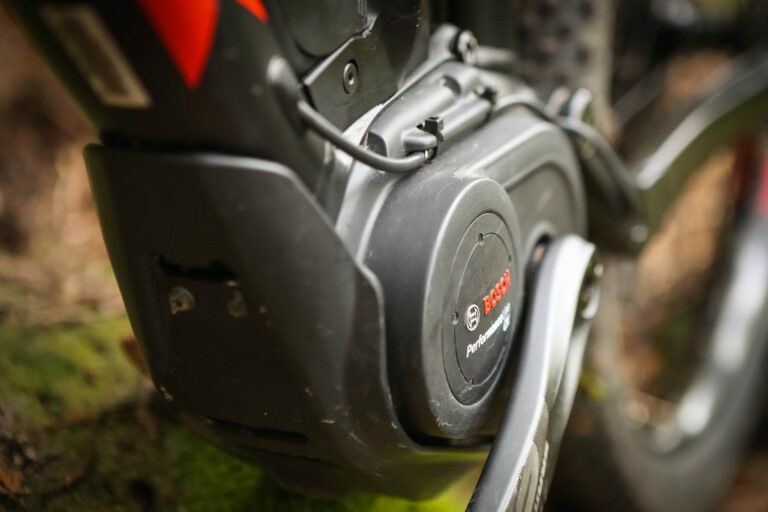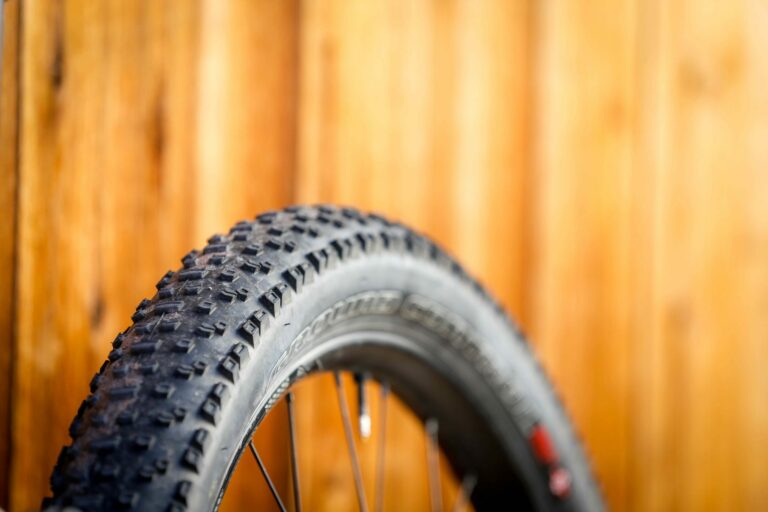Words and Photos – Steve Jones
It’s not mountain biking right? Well it feels like mtb to me.
I can still manual through dips, hit the jumps, feel the commitment needed to hit a root garden, the need for careful lean and pressure on a camber, the pick and place fun on the trail that a bicycle allows. That freedom and silence of a bike skudding through the trees, the ability to hear the tyres ripping into a berm. Yes this feels like mtb to me alright.
It’s critical nevertheless that when it comes to such a comparison of mtb vs e-mtb that it needs to be objective. E-mtb should be alien, the big tyres of many should be unfamiliar, the weight should be a hindrance, the battery life a worry, the abuse from other riders a necessary reality. The visual sight of a rider getting help to climb a hill simply one that needs to be derided. There is much scorn aimed at e-mtb.
“Prepare for going faster, higher, steeper and more technical”
But what about the reality? The actual numbers? Well, prepare for doing more riding, with equally high heart rates, just as much calorie burn and more component wear out.
Prepare for going faster, higher, steeper and more technical. Prepare for more grip, less weight transfer. Get psyched to go on bigger adventures and to get more organised on your loop. Study the software that takes out the guesswork of battery life, get away from the griping.
More than anything use it to get into shape because the possibilities on e-mtb are unreal.
And so, to take the guesswork out, get away from the qualitative kind of analysis, we hit the trails on a range of bikes just to see the efforts being used and the times being accomplished. Bear in mind the figures are based on a one rider, different bike/rider combinations could well yield quite different results but we reckon they’re pretty close to average.
Summary
- E-mtb doubles the amount of riding relative to mtb
- Heart rates are equivalent on e-mtb vs mtb
- Descending e-mtb can be quicker than mtb even with motor off
- Climbing e-mtb varies massively between bikes

